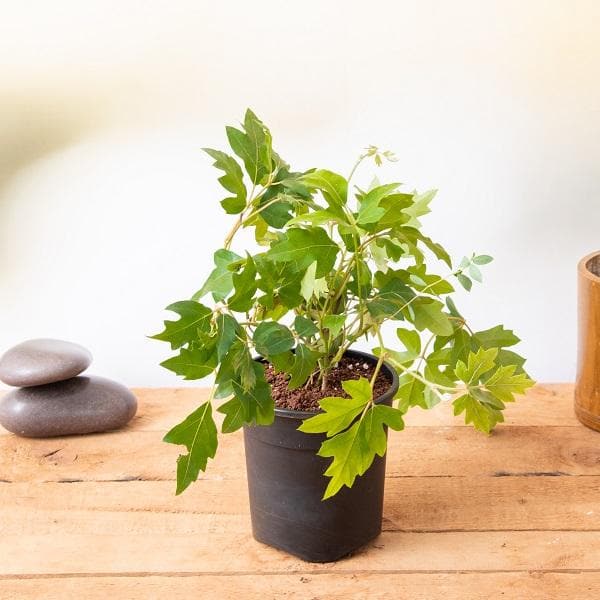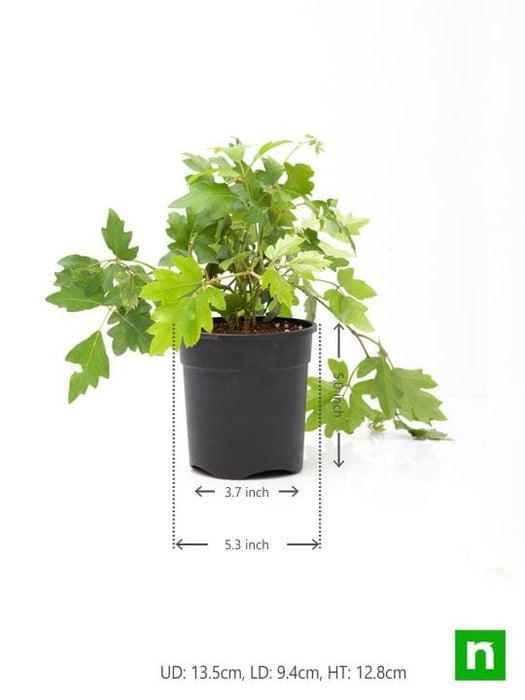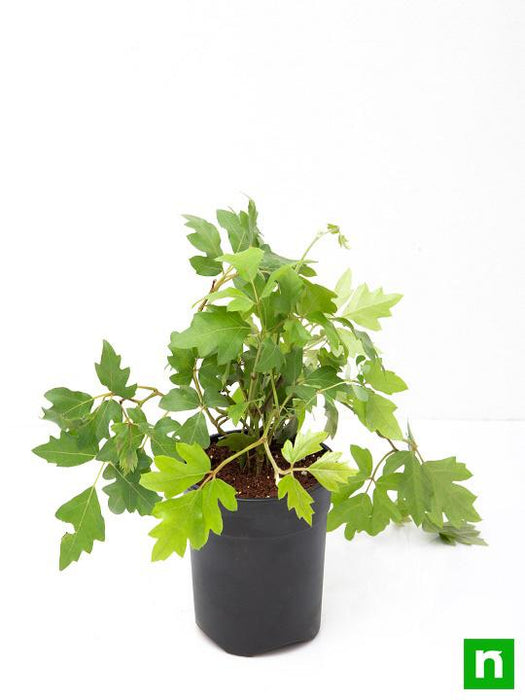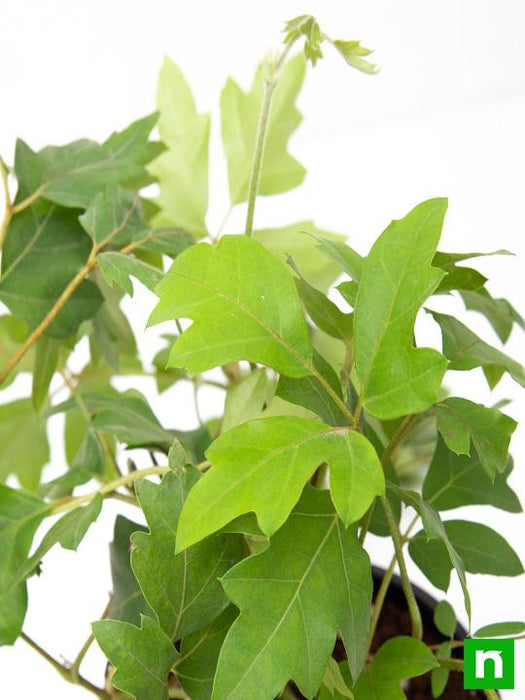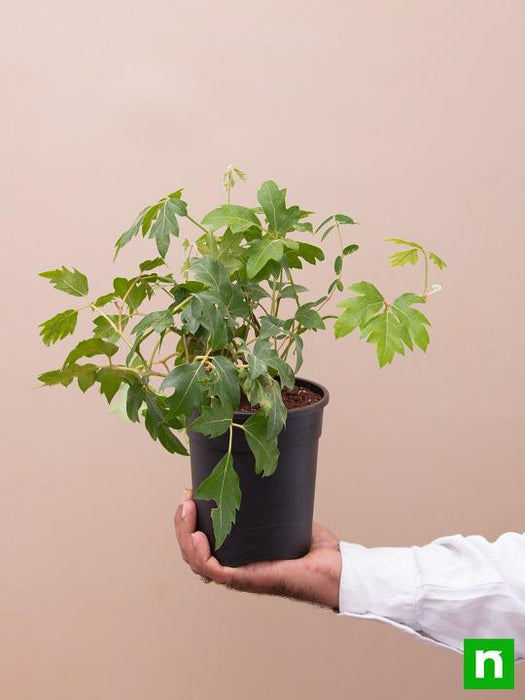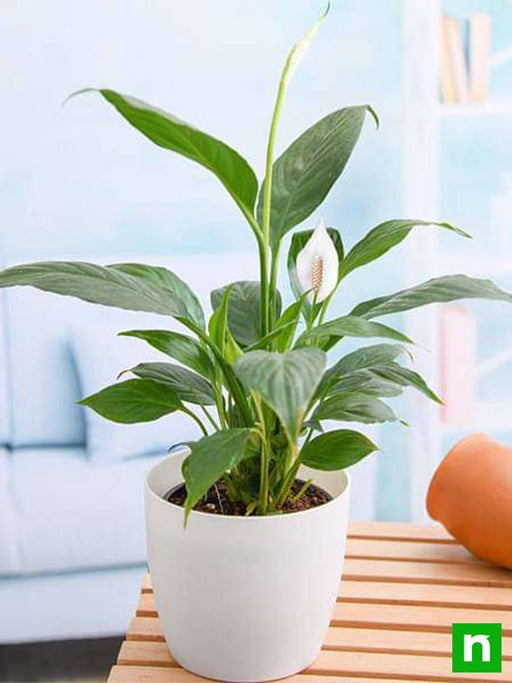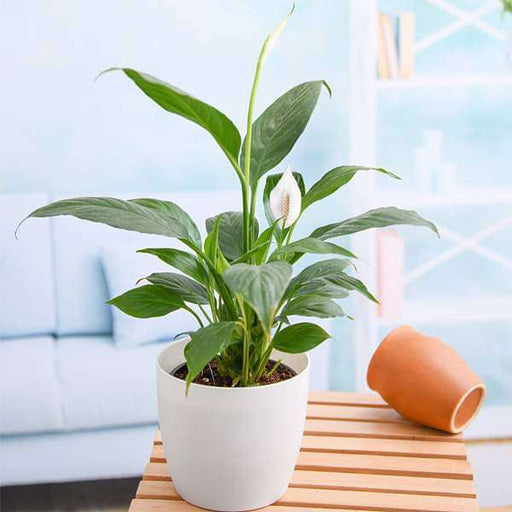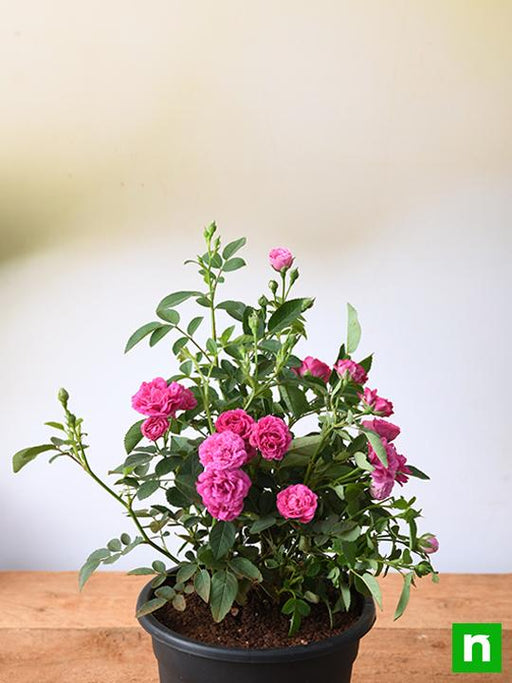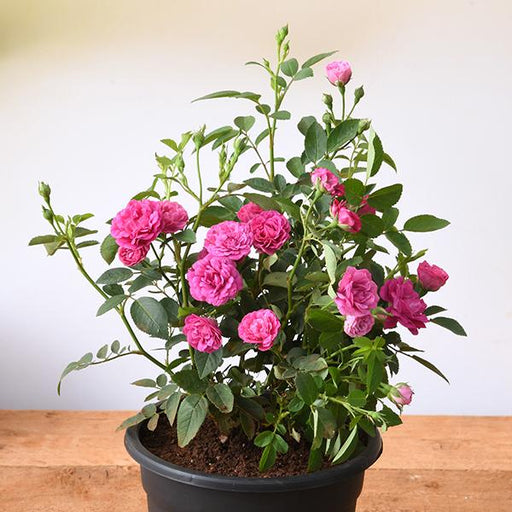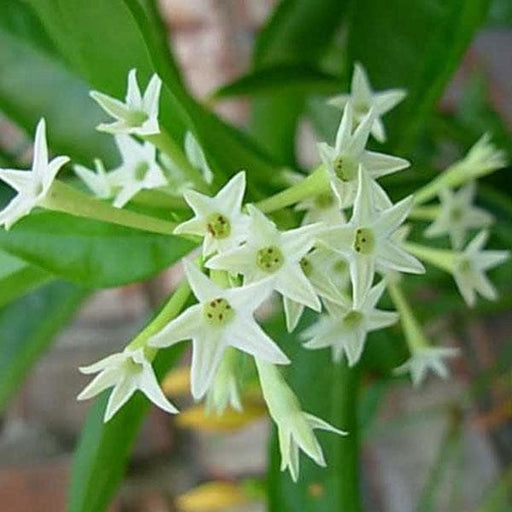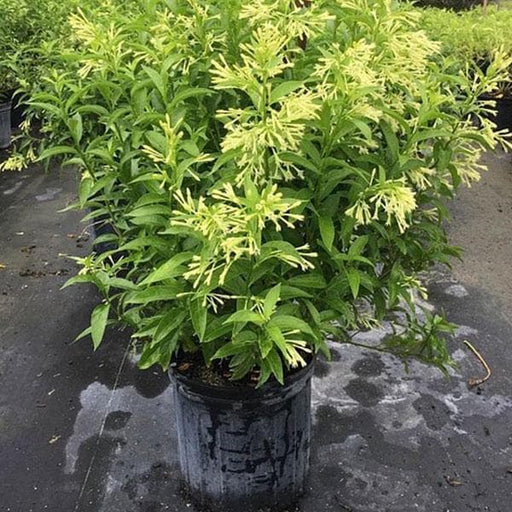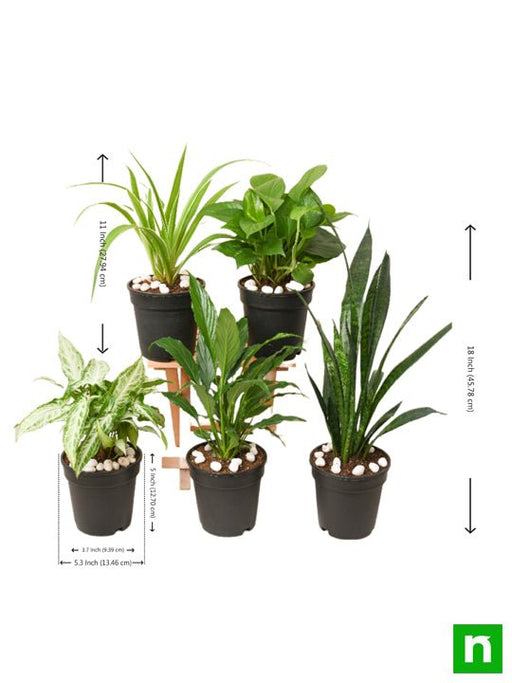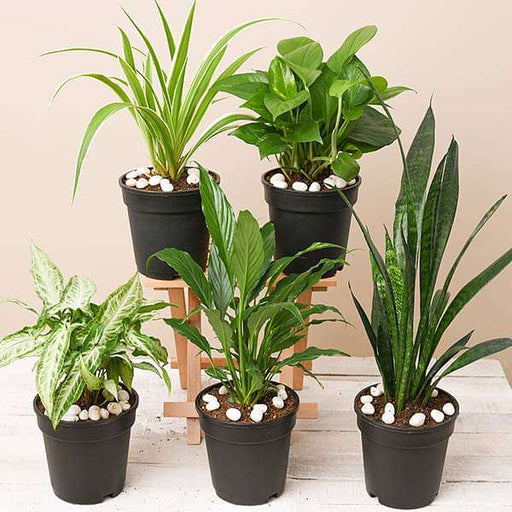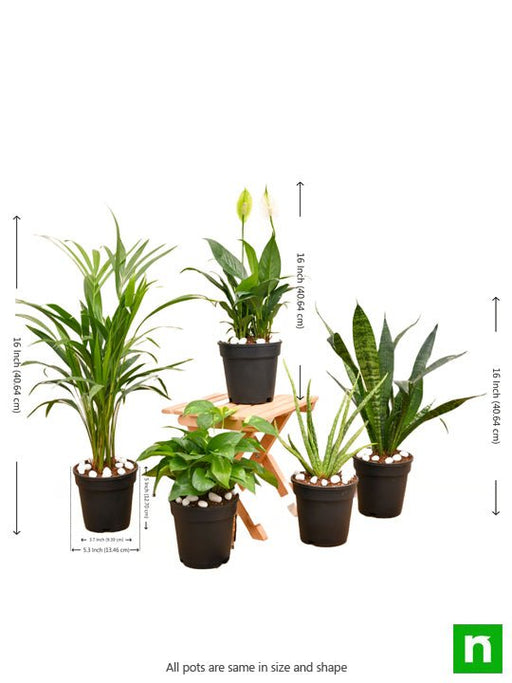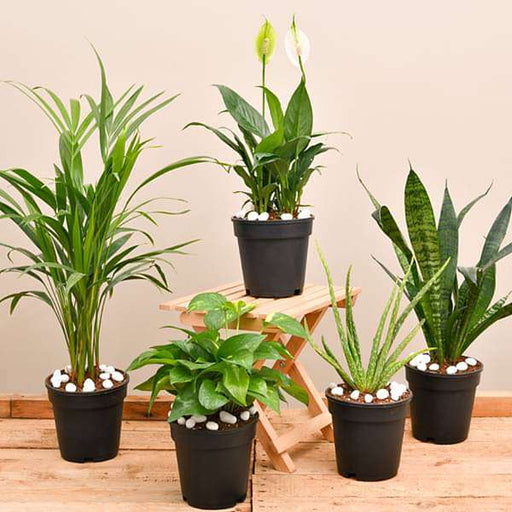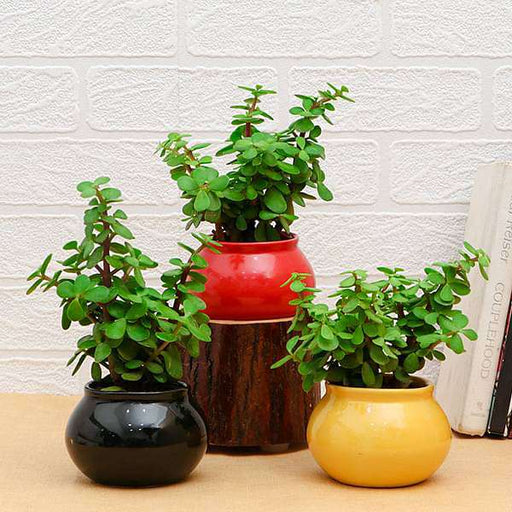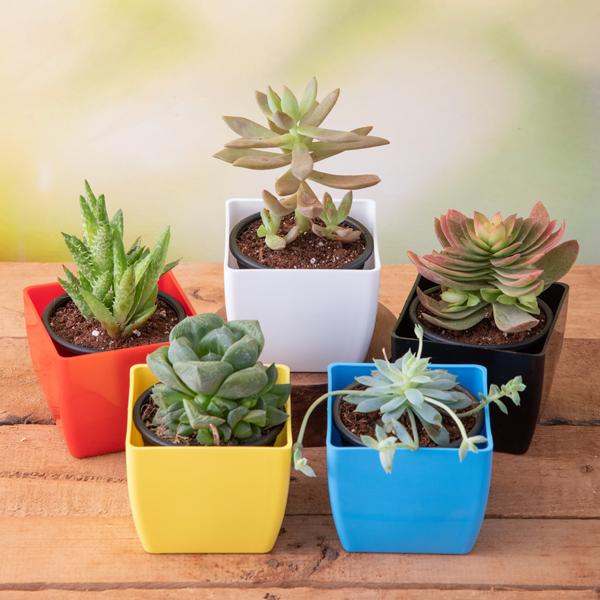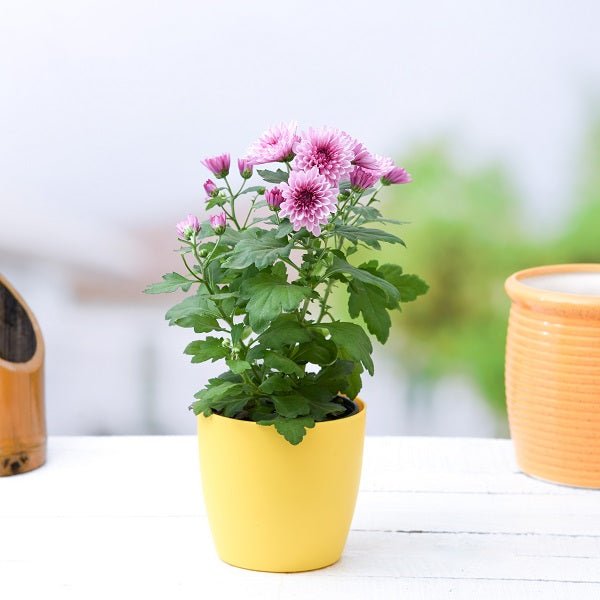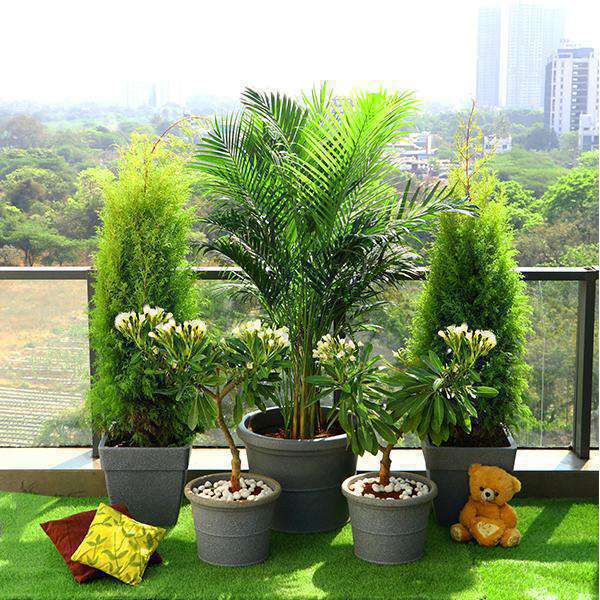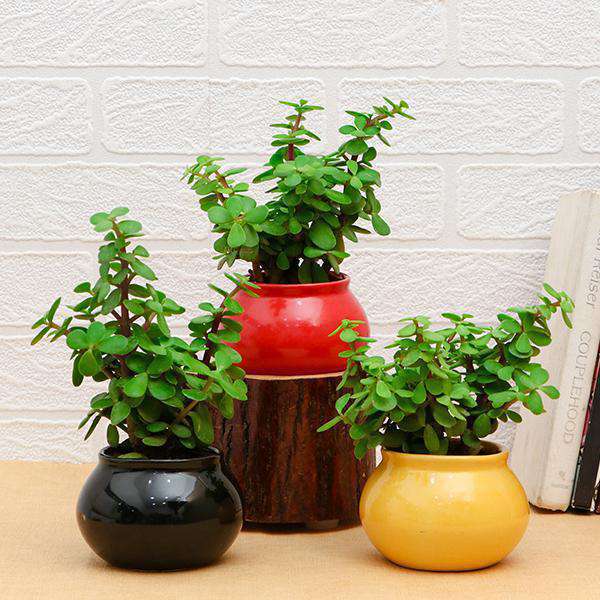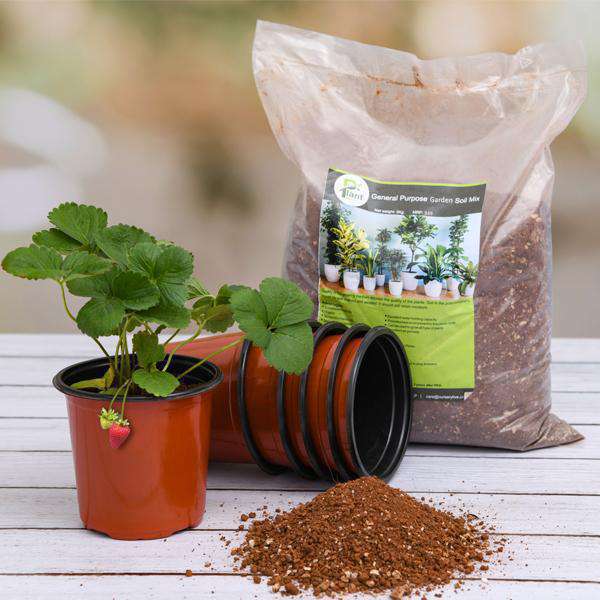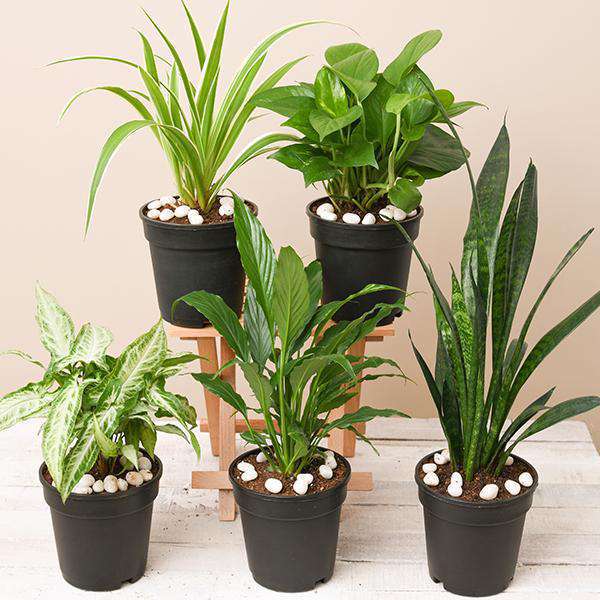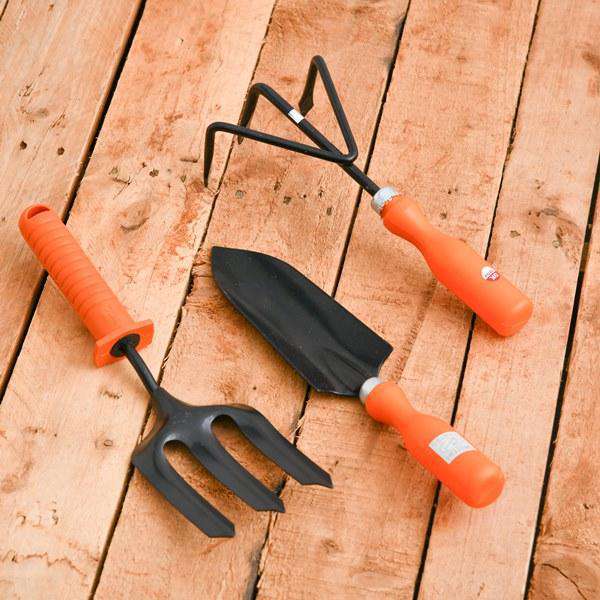Grape Ivy Care
If you think caring for a plant is as easy as watering a cactus, think again! Grape Ivy, with its lush green leaves and climbing tendencies, requires a bit of TLC. This plant thrives in bright, indirect sunlight and loves humidity. So, if you’re in a dry climate, you might want to consider a humidifier or a good old-fashioned misting session. Remember, overwatering is the enemy, so let the top inch of soil dry out before you unleash your watering can. With a little love and attention, your Grape Ivy will be the envy of all your plant-parent friends.
Grape Ivy Growth Rate
If you’re looking for a plant that’s as ambitious as your New Year’s resolutions, Grape Ivy is your go-to! This fast-growing vine can reach impressive lengths in no time, making it a perfect choice for those who want to see results without waiting for a decade. With the right conditions—think warmth, humidity, and a bit of fertilizer—your Grape Ivy will be climbing and sprawling like it’s training for a marathon. Just be prepared to give it some space; this plant loves to spread its wings (or leaves, in this case).
Grape Ivy Propagation
Want to multiply your Grape Ivy like rabbits? Propagation is the name of the game! Snip a healthy stem, pop it in water or soil, and watch as it roots itself into your heart (and your home). It’s like a magic trick, but instead of pulling a rabbit out of a hat, you’re creating a whole new plant. Just remember to keep the cuttings in a warm, humid spot, and soon you’ll have a mini jungle of Grape Ivy to show off to your friends. Who knew plant parenting could be so rewarding?
Grape Ivy Pests
Ah, the uninvited guests of the plant world! Grape Ivy can attract pests like spider mites and aphids, but fear not! A little neem oil or insecticidal soap can send those critters packing. Regularly inspecting your plant is key; think of it as a plant spa day. If you spot any pests, act fast! The sooner you tackle the problem, the less likely your Grape Ivy will turn into a buffet for bugs. Keep your plant healthy and happy, and it will reward you with vibrant foliage.
Grape Ivy Light Requirements
Grape Ivy is a bit of a diva when it comes to lighting. It prefers bright, indirect sunlight, which means it’s not a fan of harsh, direct rays that can scorch its lovely leaves. Think of it as the Goldilocks of plants—too much light? No thanks! Too little? Not a chance! The sweet spot is a well-lit room with filtered light. If you can provide that, your Grape Ivy will thrive and reward you with its beautiful, cascading vines. Just remember, it’s all about balance!
Grape Ivy Soil Type
When it comes to soil, Grape Ivy is a bit of a snob. It prefers a well-draining potting mix that allows its roots to breathe. Think of it as the plant equivalent of a luxury hotel—no soggy bottoms allowed! A mix of peat, perlite, and a touch of compost will keep your Grape Ivy happy and healthy. This plant doesn’t want to sit in waterlogged soil, so make sure your pot has drainage holes. With the right soil, your Grape Ivy will flourish like it’s on a tropical vacation.
Grape Ivy Fertilization
If you want your Grape Ivy to grow like it’s on a mission, fertilization is key! During the growing season, a balanced liquid fertilizer every few weeks will give your plant the nutrients it craves. Think of it as a gourmet meal for your leafy friend. Just be careful not to overdo it; too much fertilizer can lead to burnt roots and a very unhappy plant. A little goes a long way, and with the right feeding schedule, your Grape Ivy will be thriving and looking fabulous.
Grape Ivy Varieties
Did you know there are different types of Grape Ivy? It’s true! From the classic Grape Ivy (Cissus rhombifolia) to the more exotic varieties, each brings its own flair to the table. Some have variegated leaves, while others boast a more traditional look. No matter which variety you choose, they all share that charming climbing habit that makes them perfect for hanging baskets or trellises. So, whether you’re a minimalist or a maximalist, there’s a Grape Ivy variety that will fit your aesthetic perfectly.
Grape Ivy Indoor vs. Outdoor
should you keep your Grape Ivy indoors or let it bask in the great outdoors? While this plant can thrive in both environments, it’s essential to consider the climate. If you live in a warm, humid area, your Grape Ivy will love the outdoor life. However, if you’re in a cooler region, it’s best to keep it indoors where it can enjoy a cozy atmosphere. Just remember, whether inside or outside, your Grape Ivy will need the right light and care to flourish.
Grape Ivy Toxicity
Good news for pet owners! Grape Ivy is considered non-toxic to cats and dogs, making it a safe choice for households with furry friends. However, that doesn’t mean your pets should treat it like a salad bar. While it won’t harm them, it’s best to keep an eye on curious critters who might be tempted to nibble. So, if you’re looking for a plant that won’t send you into a panic when your pet gets too close, Grape Ivy is a solid pick. Just remember, moderation is key!
Grape Ivy Trellis Ideas
If your Grape Ivy is feeling a bit too grounded, it’s time to give it a trellis to climb! These plants love to scale new heights, and a trellis can turn your Grape Ivy into a stunning vertical garden. Whether you opt for a classic wooden trellis or a modern metal design, the options are endless. Just make sure it’s sturdy enough to support those ambitious vines. With a little creativity, you can transform your space into a lush, green oasis that will have your guests green with envy.
